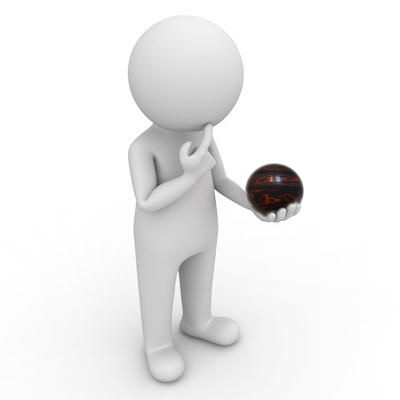Bowling Variations
"Back Alley" Offers 3 Fantastic Games for your Members:

- Duckpins - America's most popular of the small ball "pin bowling" sport
- Skittles - The world's original "pin bowling" sport, and the favorite bowling game of Ireland and England
- Rubberband Duckpins - A quieter and higher scoring version of duckpins
Duckpins
Due to its popularity, Duckpin Bowling is the featured game of "Back Alley". In the early to middle part of the 20th century, Duckpins was a serious competitor to tenpin bowling, even though it resided mostly along the east coast of the United States, but did stretch as far west as Illinois. In 1940, when there were 700,000 tenpin bowlers in the United States, Duckpins was hot on the heels of the "big ball" game, tallying a robust 325,000 league bowlers in less than half of the country's real estate.
The pins occupy the same position on the pin deck as tenpins, but with the smaller ball, it's possible for a ball to pass between 2 adjacent pins on the same flank, thus making the game lower scoring than tenpin bowling. But because of this, there's a lot more variety in the amount of spare 'leaves' after the first ball has been delivered, which is one of the big reasons that people love the challenge of the game.
Rubberband Duckpins
A quieter, higher scoring version of duckpins that has been around since approximately 1930. While not prevalent south of the Canadian border of North America, it is very popular in the French speaking provinces of Canada, near Montreal and Quebec. The pins have thick bands around the bellies, and because of this, it's much easier to get a strike. Contrary to popular belief among those not familiar with Rubberband Duckpins, the bands actually deaden the pin action instead of making it more lively, and the players experience a game much closer to tenpin bowling. Players in Canada typically roll the ball with a back-spin motion. The reason for this is that Rubberband Duckpin lanes have a ridge in the lane that sits directly in front of the headpin. If the ball is rolling slow enough, it will cross this ridge, and will drop either left or right of this 'reverse dent' in the lane. If a ball is rolling at a normal to fast speed, it tends to glide over the ridge, and thus there's the possibility of the ball chopping straight through the headpin. Players only get 2 balls per frame in "Rubberducks", so if a player does chop the middle, it's very difficult to slide splits because of the band around the pin bellies.
Skittles
Skittles is actually the original game of "pin" bowling, which dates back to ancient Egypt in around 3200 B.C. Back in 1930, archaeologists found a set of bowling balls and pins in an Egyptian child's tomb, and these pins very much resemble one of several styles of English Skittle pins. Ancient artifacts (hieroglyphics) actually show a 9-pin setup in a diamond configuration that is the same as what was later evolving into "Ninepin" bowling. Other forms of ancient bowling are described to be the same as that of today's Lawn Bowling and Bocce. Skittles, the British and Irish version of Ninepin Bowling, is played in English pubs in the United Kingdom and is basically a team game in which players don't primarily play for an individual score, although it is tracked. Each player's frame essentially is recognized towards a team total. Skittles is the most difficult "pin bowling" game, and the scores usually end up below 100 per person. There are many variations of Skittles, many of which include a 6-frame game, as opposed to the conventional 10 frames that are a part of the tenpin game. The pins have various shapes and styles, depending on what region of England and Ireland you're visiting. Each player gets 3 balls per turn.